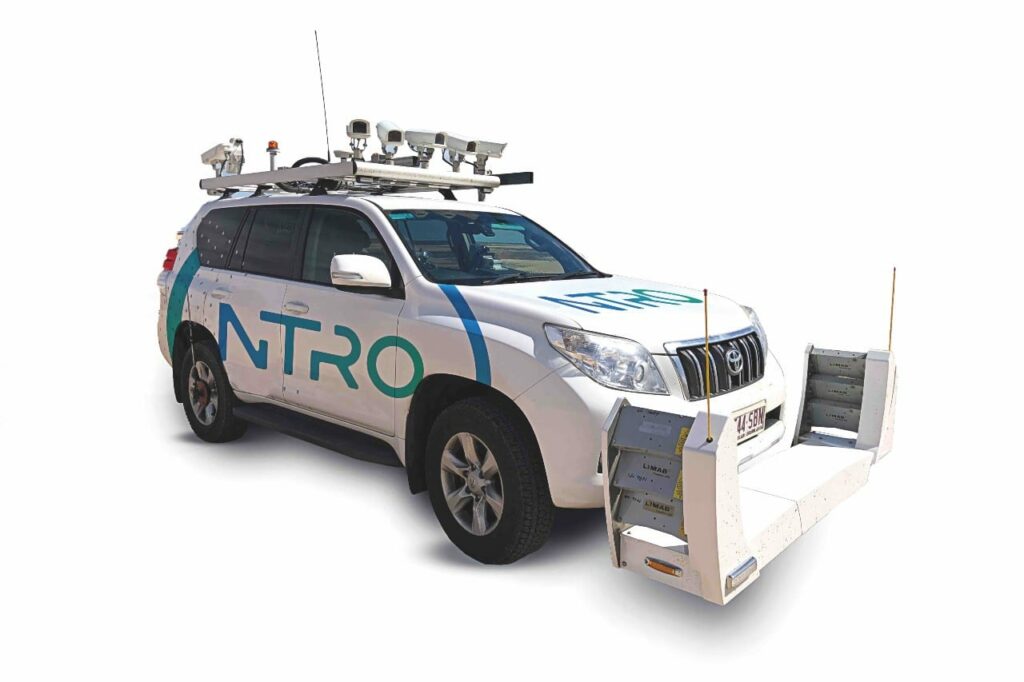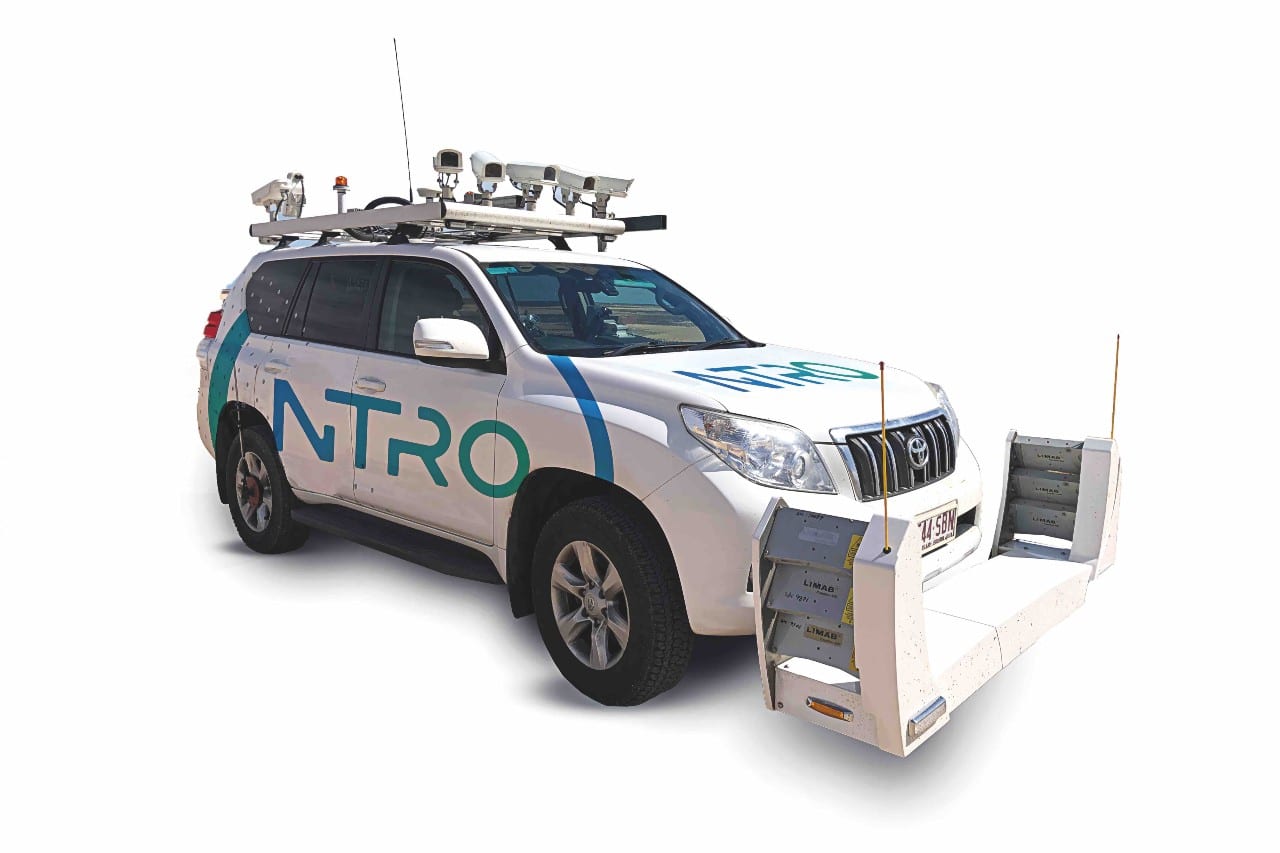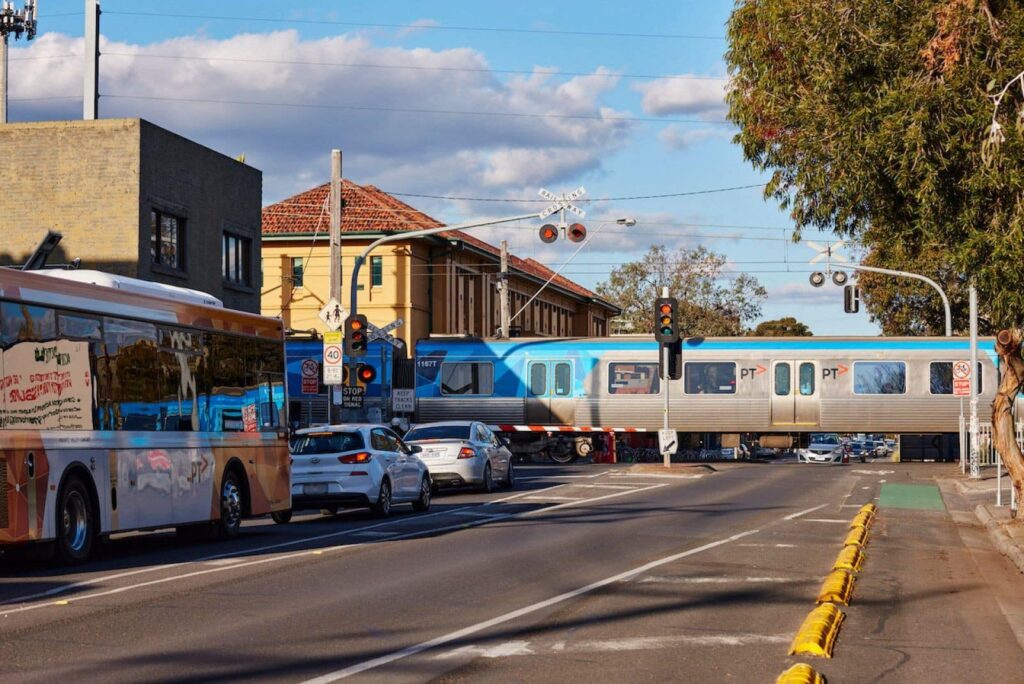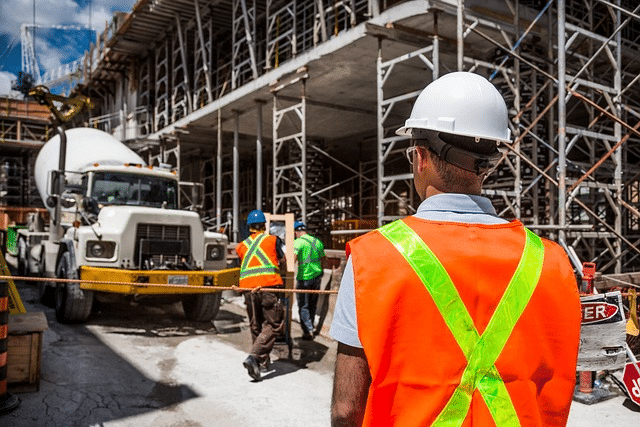NTRO: Quantifying Australia’s transport sector

This post was originally published on this site
Jeff Doyle, Executive Director Roads – National Transport Research Organisation, discusses the importance and future of infrastructure measurement for Australia’s road, rail, ports and aviation networks.
A key aspect of infrastructure development is preparation, foreseeing the future needs of a society in order to have the time and resources to deliver a suitable solution.
Australia has steadily grown over the past decade, averaging 1.3 per cent population growth annually between 1992 and 2022 (Australian Institute of Health and Welfare).
Development of such infrastructure, enabling it to cater for Australia’s growing population, can only be successfully implemented by first understanding what the country requires.
On top of being the Executive Director for Roads, Jeff Doyle is also tasked with heading up the infrastructure measurement component of the National Transport Research Organisation (NTRO). He says infrastructure measurement has always been an essential aspect of infrastructure development and delivery, but recent developments in technology have increased its potential.
“I put in a strategic plan when I first joined the NTRO and a big focus of that was that ‘if you can’t measure it, you can’t manage it’,” Doyle says.
“Roads are the lifeblood and blood vessels of our economy. That’s why we use cutting-edge technology to compile asset and collection data. We look to monitor and measure, so our clients can better manage and maintain their assets.”

Image: NTRO.
As the key body for planning, operations and research across roads, rail, ports and airports, the NTRO strives to provide best practice solutions and knowledge across all modes of transport.
Infrastructure measurement and data collection makes up a portion of this holistic service, but as Doyle explains, the importance of data collection and measurement cannot be overstated.
“We provide that data, our clients can then use that information to make better economic, community, safety and maintenance decisions,” he says.
This data is provided to councils, road agencies, state and territory governments, ports, airports, road engineers, pavement designers and more. All with the end goal of providing valuable context to inform decisions around their local transport networks.
The data itself comprises multiple facets and aspects, such as pavement strength testing, road construction testing, local road surveys, ride quality testing, road safety assessments, crack detection and mapping and automated pavement surface assessments to name a few.
“These data sets are there to tackle what I call a hattrick of main issues,” he says. “We’re doing great work in all three. It’s the quality and collection of the data, the timing of processing data and visualising/digitising that data.
“A lot of the future trends are pointing towards how we can collect and visualise this data quicker. Being able to collect, process and get that data in real time is what our clients are looking for. We’re growing in each of these areas and getting better and better and so is the technology in this area. That’s where our different vehicles and technology such as iPAVE come in.”
Described by Doyle as an “engineering masterpiece”, the NTRO’s iPAVE (Intelligent Pavement Assessment Vehicle) technology is an “incredible” tool for infrastructure measurement.
Equipped with a range of data collection systems, iPAVE can assess both the structural and functional condition of the road, using laser technology to look at characteristics including roughness, surface texture, and rutting.
Cracking and other surface data is assessed using an automated 3D monitoring system, while cameras mounted to the truck’s exterior will give road maintenance experts a first-hand look at the state’s road network.
Thanks to an on-board ground-penetrating radar, the iPAVE can also collect sub-surface data at the same time, giving experts a better understanding of what’s happening underneath the road surface.
Related stories:
These datasets are collected at the same time, in one trip, at highway speed.
Doyle says the NTRO currently has three iPAVE units, with a fourth on the way.
He adds that only 23 units are currently in operation globally.
The units have already made an impact, helping to assess network conditions in Victoria following flooding and extreme weather conditions in 2022. This included the assessment of 8400 kilometres of Victorian roads.
“The science is strongly telling us that we should expect more of these climatic events. As experts in this space, the NTRO is advocating for changes in standards and materials to enable a quicker recovery when these events occur. Road asset managers and others know that they need to be on the front foot and more preventative. That’s where data is key,” Doyle says.
“Our clients are very understanding that they need to stay ahead of the game, or they risk getting caught behind after these climatic events. They need to gauge where things are and where they’re at in terms of their local transport networks.”
In the case of the 2022 Victorian floods, the NTRO was able to use data collected by its iPAVE vehicles to compare PCI (Pavement Conditioning Index) data across 2021, 2022 and 2023.
This found that close to 90 per cent of affected roads were classed as being in poor, or very poor condition.
“We were able to use previous data to be able to gauge exactly what was going on with the local road network – not only what was happening on the surface, but also importantly the sub-surface. Analysing this data gave them more than enough information to make the best maintenance decisions, ensuring that they could extract the highest possible value from their recovery budget,” he says.

Image: NTRO.
Doyle reiterates that data collection is great, but without the adequate technology and processes to understand and implement this data into action, data is less impactful. This is where the NTRO comes in.
“Transport networks produce massive amounts of data, but you’ve got to be careful that you’ve got the systems to be able to extract that data efficiently. It’s one thing to get the data, it’s another to have the right tools to get a visualisation that you can use to make decisions,” he says.
“There may be other ways of collecting data, but the way that we collect the data, we’ve got the equipment to make these data collections quicker, more efficient and a lot safer than other methods. It only affects their network for a short period of time.”
A unique strength of the NTRO is its ability to keep a firm focus on the current needs of the roads, rail, ports and airports sectors, while also keeping an eye on the future.
To this end, Doyle says the NTRO is always looking to implement improved technologies including Artificial Intelligence, as it looks to continue innovating for Australia’s transporting future.
“We’re constantly looking at different developments that are occurring across the globe. We believe that we’re punching above our weight here in Australia and New Zealand, but we’ve got to be constantly looking at what else is out there as well. Technology moves so quickly, so it’s important that we’ve got our eyes open,” Doyle says.
“In terms of what the future holds and what our clients are concerned with, it’s all about sustainability. That’s really the focus – renewable and sustainable solutions. That’s our focus as well, demanding much better environmental outcomes to what we’re seeing.”
Roads will continue to be a key part of NTRO’s future endeavours, as it pushes to support Australia’s transport future.
“To quote Ted Conover, roads remain the essential network of the non-virtual world,” says Doyle. “They’re the infrastructure upon which almost all other infrastructure depends. They’re the paths of human endeavour.”
This article was originally published in the March edition of our magazine. To read the magazine, click here.
This article was originally published in the March edition of our magazine. To read the magazine, click here.
This article was originally published in the March edition of our magazine. To read the magazine, click here.
This article was originally published in the March edition of our magazine. To read the magazine, click here.
This article was originally published in the March edition of our magazine. To read the magazine, click here.
This article was originally published in the March edition of our magazine. To read the magazine, click here.
This article was originally published in the March edition of our magazine. To read the magazine, click here.





Responses